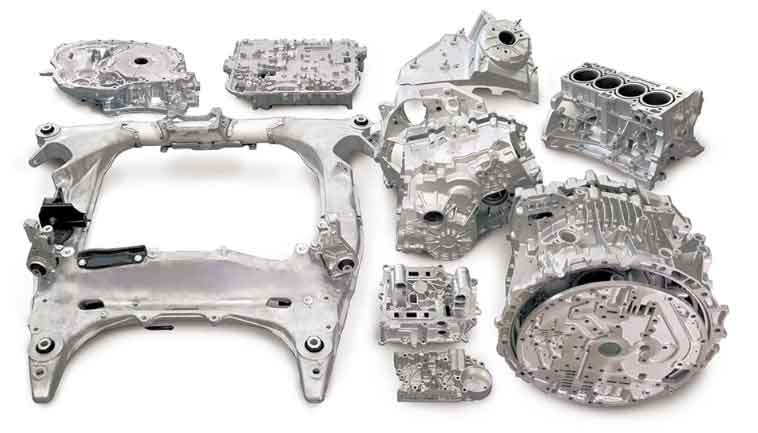
Die casting has played a significant role in revolutionizing the production of consumer electronics. With its ability to produce high-quality, complex, and precise components, die casting has become an integral part of the manufacturing process for various electronic devices. Here are some key aspects highlighting the impact of die casting in the consumer electronics industry:
- Design Flexibility: Die casting allows for the production of intricate and detailed components with complex geometries. This design flexibility is crucial in the development of compact and aesthetically appealing consumer electronic devices. It enables the integration of multiple features, such as housings, connectors, heat sinks, and mounting brackets, into a single die-cast part.
- Lightweight Construction: Consumer electronics, such as smartphones, tablets, laptops, and wearables, require lightweight components to enhance portability and user experience. Die casting offers lightweight options by utilizing aluminum and magnesium alloys known for their high strength-to-weight ratio. These materials contribute to reducing the overall weight of the devices without compromising structural integrity.
- Thermal Management: Many consumer electronics generate heat during operation, which can affect performance and reliability. Die casting provides effective thermal management solutions through the use of materials with excellent heat conductivity, such as aluminum. Components like heat sinks and frames can be die cast to efficiently dissipate heat and maintain optimal device performance.
- Cost-Effective Production: Die casting is well-suited for high-volume production, making it a cost-effective solution for consumer electronics manufacturers. The ability to produce multiple components simultaneously, coupled with shorter cycle times and minimal material wastage, contributes to overall cost savings in large-scale manufacturing.
- High Precision and Dimensional Accuracy: Consumer electronics demand high precision and dimensional accuracy to ensure proper fit, functionality, and assembly of components. Die casting excels in delivering consistent and repeatable parts with tight tolerances, meeting the stringent requirements of electronic devices.
- Electromagnetic Shielding: Some consumer electronic devices require protection from electromagnetic interference (EMI) or radio frequency interference (RFI). Die casting can incorporate features like shielding walls or conductive coatings to provide effective electromagnetic shielding, maintaining device performance and preventing signal interference.
- Surface Finishing and Customization: Die-cast components can undergo various surface finishing treatments to achieve desired aesthetics, including painting, powder coating, anodizing, or electroplating. These finishing options allow for customization and branding, enhancing the visual appeal of consumer electronics.
- Integration of Multiple Functions: Die casting enables the integration of multiple functions within a single component. This reduces the number of separate parts, simplifies assembly processes, and enhances the overall reliability of the electronic device.
Die casting has revolutionized the production of consumer electronics by offering lightweight, high-precision, and cost-effective solutions. As consumer demands for smaller, more powerful, and aesthetically pleasing devices continue to grow, die casting will remain a crucial manufacturing technique driving innovation in the consumer electronics industry.
